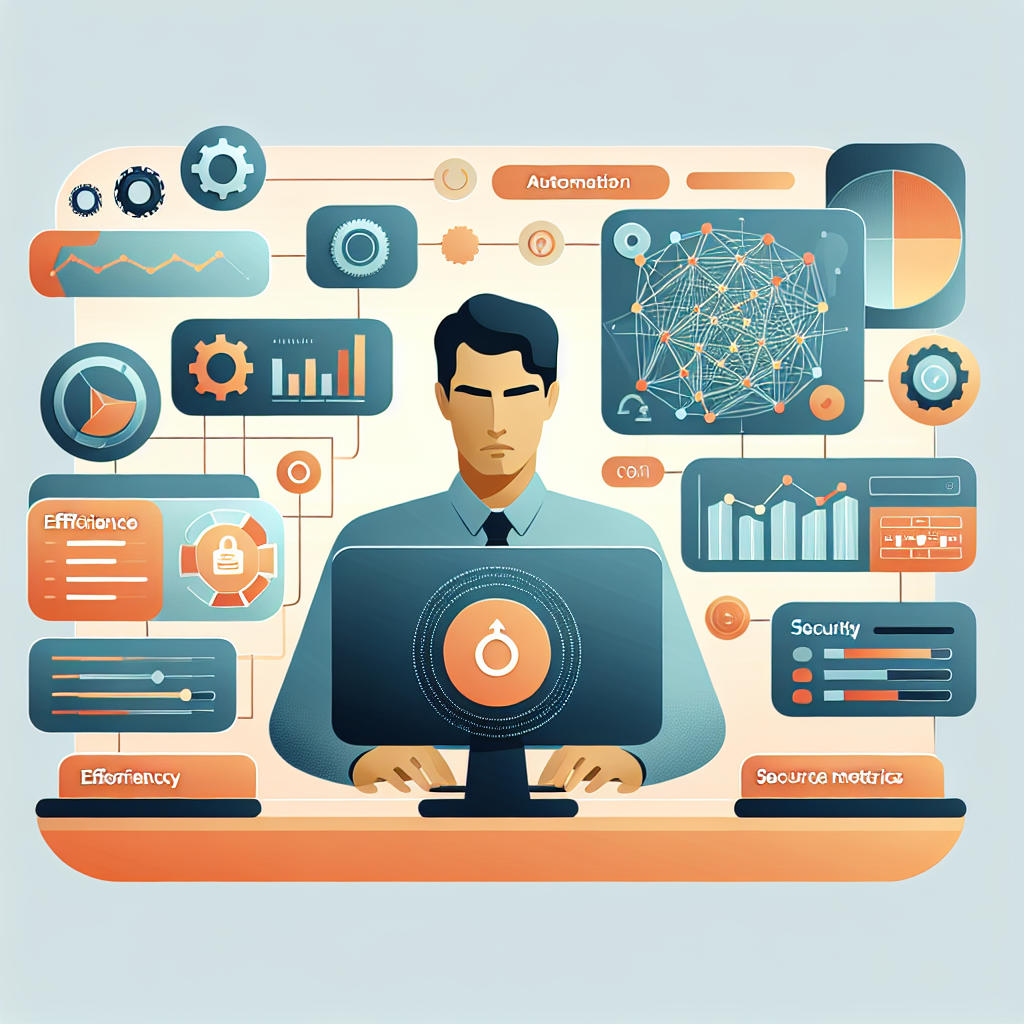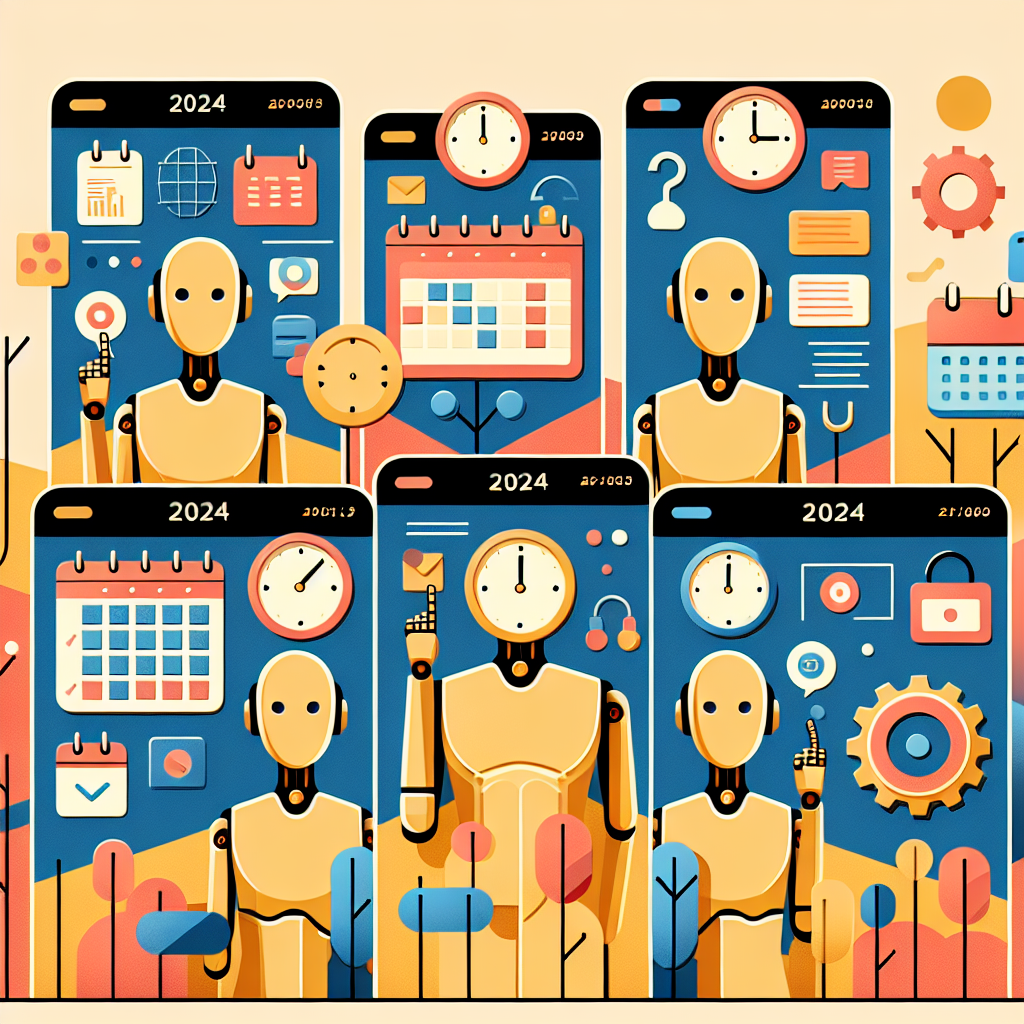Discover New Facts: Nvidia CEO Reveals Shocking Future with AI Employees

Discover New Facts: Nvidia CEO Reveals Shocking Future with AI Employees
In a groundbreaking statement, Jensen Huang, CEO of Nvidia, highlighted the undeniable reality of artificial intelligence (AI) integration into the workforce. In light of recent advancements, he stated that there is “no question” we will soon find ourselves working alongside AI employees, which signifies a revolutionary shift in how businesses operate.
The implications of this shift extend beyond mere efficiency; they impact job security, workplace dynamics, and the skill sets needed for future employees. Huang’s comments arise amidst a period where businesses increasingly adopt AI technologies to maximize productivity and innovation.
Key Insights from Huang’s Statement
- AI Workforce Integration: Huang emphasized that collaboration between humans and AI is not just possible, but inevitable.
- Impact on Jobs: While some may fear job displacement, Huang pointed out that AI could actually enhance job opportunities in sectors requiring new skills.
- Training for the Future: The need for workers to adapt and learn new skills in AI and technology is becoming essential.
As the conversation on AI-driven workplaces unfolds, here are some critical elements to consider:
What AI Means for the Workforce
The integration of AI into workplaces makes the following realities clear:
- Job Transformation: Many roles will evolve, requiring humans to work closely with AI systems.
- Skill Enhancement: There will be a growing demand for expertise in managing and collaborating with AI technology.
- Innovation Boost: Companies utilizing AI are projected to achieve significant competitive advantages through innovative practices.
Huang’s insights align with a broader trend across various industries, where AI technology is increasingly viewed not just as a tool, but a partner in work. The melding of human creativity and AI efficiency could lead to unprecedented levels of productivity.
With these advancements, it is clear that the workforce landscape is shifting rapidly. As companies seek to leverage AI’s capabilities, the success of such initiatives will depend on how well they prepare their human workforce for the changes ahead. Huang’s comments, therefore, elicit both excitement and concern as we contemplate a future crowded with AI.
In conclusion, while the prospect of working alongside AI employees is still thrilling and daunting, it is paramount for individuals and companies to embrace this transformation. To keep up with the latest developments in this space, you can read Other News that covers developments in AI and technology integration.











